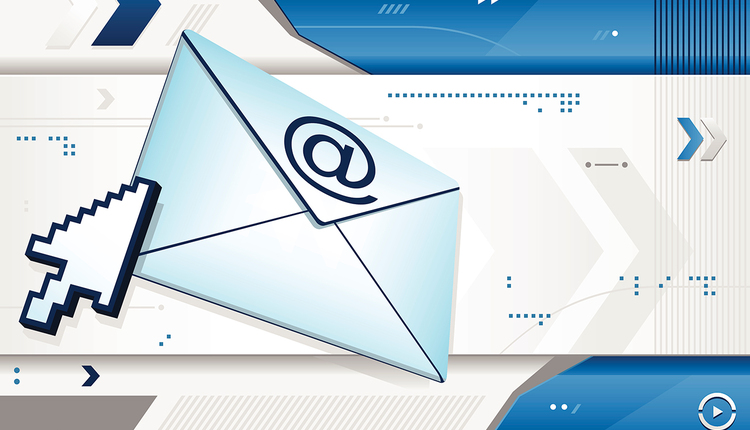We all have seen the headlines. The fallout from a data breach — both financial and reputational — is staggering. The 2025 “Ponemon Institute Cost of a Data Breach Report” found the global average cost of a breach is $4.44 million. In the United States, that figure soars to an alarming $10.22 million. For communication providers, this risk is amplified by the sheer volume of customer data and complex document workflows, which create fertile ground for costly errors that erode the trust customers place in you.
From financial records to vital healthcare information, safeguarding Personally Identifiable Information (PII) and Personal Health Information (PHI) remains a core business imperative. Therefore, a strategic, data-centric framework is crucial to secure these vital communications.
Navigating a New Era of Cyber Threats
Recent industry reports reveal a solid cybersecurity environment that is more complex than ever. The 2025 “Verizon Data Breach Investigations Report” (DBIR) confirms that ransomware is not only a persistent threat but is growing in prevalence, appearing in 44% of all confirmed breaches.
And it’s not just external attacks — organizations must also contend with risks from within. According to the 2025 “Ponemon Institute Cost of Insider Risks Global Report,” negligent or mistaken insiders —employees — caused 55% of all insider security incidents. Whether through a simple mistake or not following security protocols, the human element continues to be a factor in roughly 60% of all breaches.
Add to this the growing exposure from your supply chain: Breaches involving a third party have doubled, now accounting for 30% of all confirmed breaches. This trend underscores the crucial need for organizations to ensure their entire supply chain operates within a unified and secure framework.
To put it in perspective, a Varonis study in 2023 shows that one in four organizations will suffer a data breach each year. This agrees with data from the Ponemon Institute. And the data is clear: It’s no longer a question of if you will suffer a data breach; it’s a matter of when.
Safeguarding Trust
For businesses handling sensitive customer data, protecting PII and PHI isn’t just about meeting regulatory requirements, it’s about safeguarding the trust that underpins every customer relationship. For high-volume communication providers, this is no small task.
At the heart of the matter is that each print file contains thousands of PII/PHI instances, so one file can be a gold mine for a bad actor. What is needed is a method of encrypting the print files and processing the encrypted files in each workflow step without decrypting them.
This challenge is compounded by the hundreds, and sometimes thousands, of document workflows in place. These create countless opportunities for exposure and inconsistencies. Layer on industry-wide labor shortages and constant retraining, and maintaining consistent security practices becomes nearly impossible, leaving providers dangerously exposed to costly breaches.
Securing the Document Lifecycle
Given the growing sophistication of cyber threats, the most compelling action is to ensure that when a breach happens, sensitive data is sheltered from the perpetrators. This requires a robust security posture that protects the entire document lifecycle — from creation to delivery across all channels. Data must be protected at every stage using powerful security measures, from encrypting data in transit and at rest, to implementing strict access controls. Beyond that, robust monitoring and auditing tools are essential to track all document activities to identify and stop threats from both outside sources and negligent insiders.
Leveraging Automation and AI for a Resilient Defense
AI and automation have become essential for a strong security strategy. The 2025 “Ponemon Institute Cost of a Data Breach Report” revealed that companies using AI and automation saved an average of $1.9 million on breach costs and shortened the breach lifecycle by 80 days.
AI and automation significantly enhance a company's security by:
- Reducing human error: Automating workflows eliminates manual and costly mistake-prone steps
- Proactive threat detection: AI analyzes document access patterns in real-time, identifying and stopping potential breaches before they escalate
- Enhancing compliance: Automation enforces compliance checks, ensuring that documents adhere to regulations and flagging any non-compliance issues
Building a Proactive Security Framework
To navigate this complex landscape, a proactive security framework, anchored by powerful technology, is needed. This is where the combination of dynamic file encryption/decryption and intelligent workflow consolidation provides a complete solution.
· Pillar One: Dynamic file encryption/decryption. By encrypting files both in transit and at rest, with page-level encryption, you can ensure that data remains secure from its creation through to its final destination. The key is to ensure that files are always fully encrypted at all points in the workflow and keys are managed safely.
· Pillar Two: Intelligent workflow consolidation. AI and automation can be used to consolidate the multitude of disparate document processing workflows into a single, automated workflow, ensuring a consistent, secure and compliant process for all customer communications. Intelligent workflow consolidation makes it easier to ensure that all files containing PII and PHI will be protected all of the time.
Your Blueprint for Secure Workflows
Building a resilient defense against today's threats requires adopting the following key practices:
- End-to-end data encryption
- Workflow consolidation and automation
- Unified credentials and access control
- Continuous employee training
As data breaches and cyber threats evolve, elevating the security of critical communications is more essential than ever. A successful strategy combines the benefits of intelligent workflow consolidation with powerful encryption/decryption technology. By implementing this multi-layered security architecture, you can build a resilient defense, safeguard customer trust and ensure long-term operational integrity.
A digital document industry pioneer, Ernie Crawford is President/CEO and founder of Crawford Technologies. One of only a small number of people worldwide with M-EDP (Master Electronic Document Professional) designation, Ernie has more than 30 years of senior marketing and management experience in the high-volume digital printing market.
This article originally appeared in the September/October, 2025 issue of Mailing Systems Technology.








